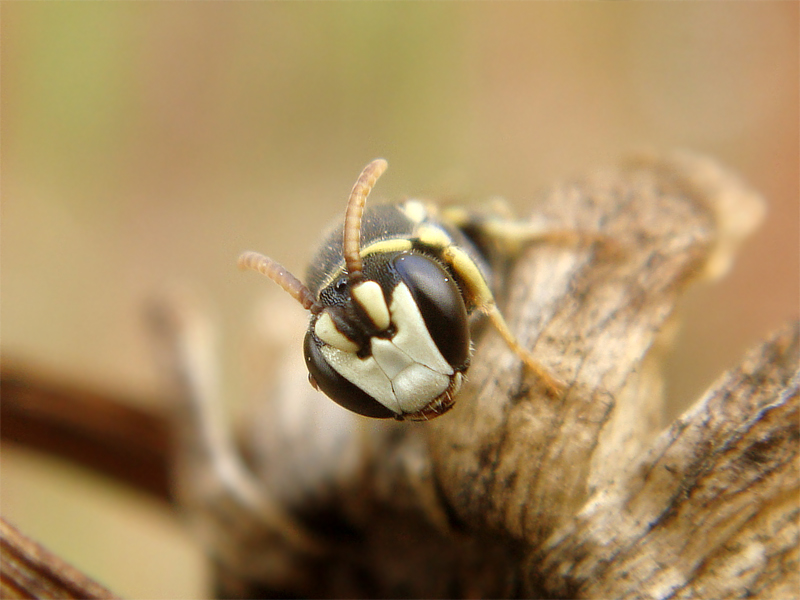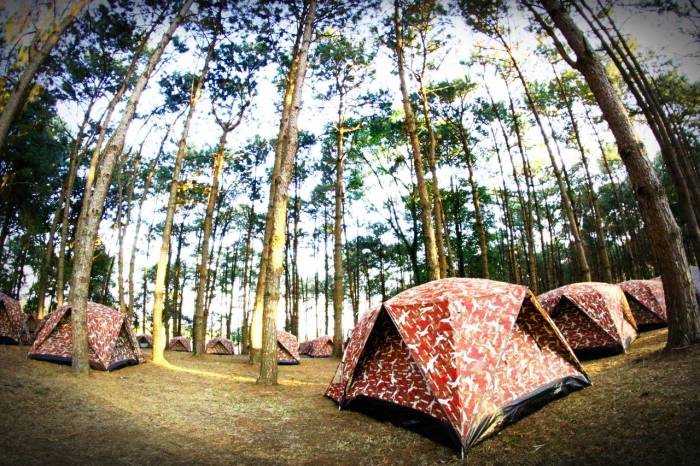It’s no secret that the outdoor industry still uses toxic chemicals to make products repel water and muck. But one bee-focused biotech startup thinks insects could change that.
New Zealander Veronica Harwood-Stevenson founded Humble Bee to research a promising cellophane-like nesting material made by native Australian bees.
The solitary, yellow-faced Hylaeus bee, which resembles a wasp, collects pollen like most bees. But instead of constructing an independent hive, these bees build and store food in a protective cell lining inside natural cavities like dead twigs and plant stems.
Harwood-Stevenson is using prize money from the Wellington Regional Economic Development Agency’s Bright Ideas Challenge as well as venture capital to fund her investigation in the bioplastic potential of this natural bee material.










